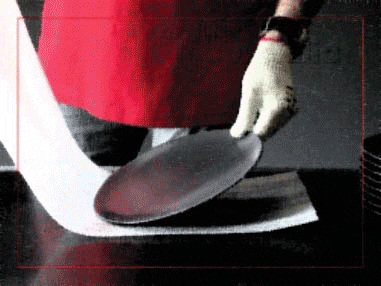If you do not find the answer to your question, write to us via the contact form on this page.
1. Before packing
Aqueduct of the old residence and of the new one, as long as you are paying the water bills directly and not in the condominium expenses. Registry office, to the new municipality of residence for the change of address. Gas supplier company, terminating the old contract and opening another one in the new municipality of residence.
Company supplying electricity, terminating the old contract and opening another one in the new municipality of residence.
Municipal waste tax office, ceasing the old user and then going to the competent office of the new residence and opening a new one.
New Family Doctor, by going to the nearest ASL office with your health card and choosing a new doctor from those available.
Old Tax Office, i.e. the office to which you pay taxes, by sending a registered letter with acknowledgment of receipt notifying your transfer. You can also go to the new Tax Office in person to report your new residence.
Telephone number, by notifying the change of your address by telephone.
Aci, if you are a member call 800313535 notifying your new data.
Condominium administration, both of the old and of the new house. If you move into a rented house, it is not your job to notify the new administrator. The homeowner will have to do it.
Insurance company, it is mandatory to send the new data for all your insurance taken out both on the house and on the means of transport and on the person.
Civil motorization, it is mandatory to notify the motorization of the change of residence so that the new adhesive coupons to be applied on the vehicle registration documents are sent to you.
Motorways Company, if you are a TelePass or Viacard subscriber, by calling 800269269.
Bank, notifying your agency of the change of address.
Credit Cards, informing the issuing companies of the change of address:
Employer, it is necessary to notify the change of residence for INPS contributions, etc. Supermarkets with which you have discount or points cards.
Registration authority, if you have a web domain in your name.
Direct Tax Office, if you have a VAT number.
Periodicals, for sending the magazines to which you are a subscriber.
Poste Italiane, in case you want to have your mail redirected to the new address.
Television and cable TV, you must notify RAI to send the fee (by filling in the address slip that you find on each bulletin sent), and pay or on demand television broadcasting companies (Sky 199 100 400).
2. What you need and how you need to use it
3. How to pack
Do not waste time wrapping them one by one and above all do not use newspaper (the printing ink is irreparably deposited on the surfaces, ruining the plate): pass them in the middle of a “Zig Zag” with bubble plastic or foam rubber up to form a small tower, then close everything with a loop of tape. Put a layer of shockproof material on the bottom of a box and insert the plates vertically. Complete the package with another layer of shockproof material that acts as a lid inside the box. This makes it more difficult for the plates to break.

Take a layer of shockproof material and start rolling a glass, when you have made a complete turn put another glass on the shockproof material in front of the previous one and in the opposite direction, continue making a complete turn of the two glasses together, and so on. Do not pack more than 10 together! Corrugated cardboard cylinders are also very useful material for glasses, originally created for the packaging of bottles but which are also well suited to the protection of smaller objects: insert the glass into the cylinder and top up the glass towards the inside of the glass. length of the cylinder in excess.

4. In summary
Call 095 37 14 16 now to receive more information. Or write to us via the contact form on this page.
5. Things NOT to do ABSOLUTELY
I must not:
It is important that during the preparation of the boxes its contents completely fill the internal space so that when sealed with tape it does not remain empty inside. This will allow you to overlap other boxes without them yielding and deforming.